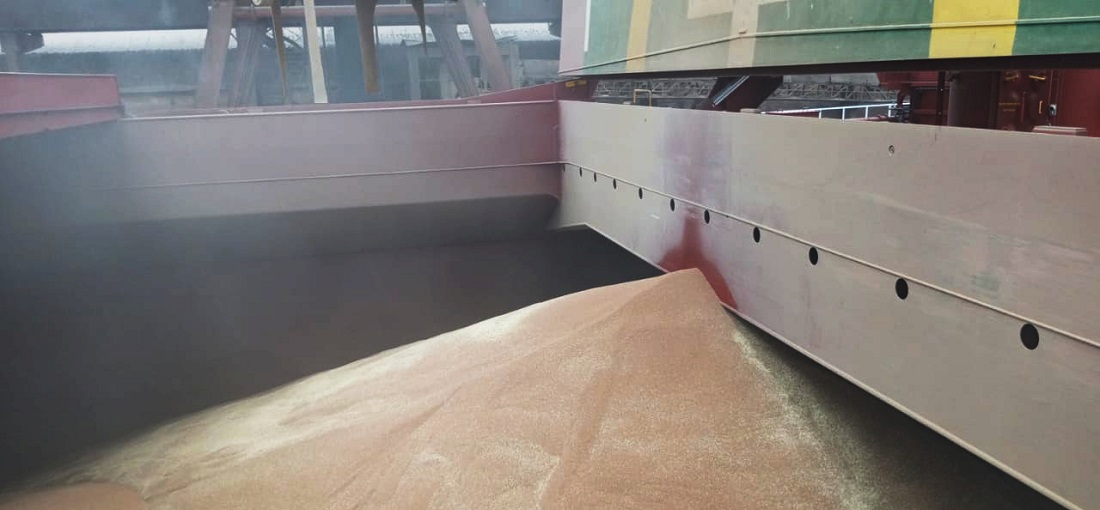
Uncertain supply by Rio Grande do Sul drives wheat prices up
May, 20, 2024 Posted by Gabriel MalheirosWeek 202421
Wheat planting season in Rio Grande do Sul would begin in late May or early June, but the recent floods that hit the state are expected to reduce the ideal planting window. As a result, the market speculates on price trajectory. The reference price of wheat leaving Argentina toward the Rio Grande port rose 30% in about 20 days, to R$290 per tonne.
As a consequence, mill costs increased and consumers can expect a rise in flour prices in June. “Raw material accounts for 70% of mill costs. As stocks were short, [mills] will have to buy more wheat and pass it [cost] on to the market,” said Christian Saigh, president of the São Paulo Wheat Industry Association (Sindustrigo-SP). He is also a board member of Abitrigo, a trade association representing the wheat products industry, and CEO of the Santa Clara mill.
According to him, the mills are operating with stocks of 30 days, on average, as there were no signs of supply problems until recently. However, in the last two weeks, in addition to the problems arising from the disaster caused by heavy rains in Rio Grande do Sul, droughts have hit crops in the United States, Europe, and Russia. In some cases, there is the possibility of reversing losses.
Russia-based consultancy SovEcon reduced its harvest estimate in the country in 2024/25 by 4 million tonnes, to 85.7 million tonnes. In the last cycle, the world’s largest wheat producer harvested 91.5 million tonnes.
Although Brazil buys little wheat from Russia, problems in that country affect reference prices on the Chicago exchange and, as a consequence, prices in Argentina, the country accounting for 80% of Brazilian imports. “Brazil will likely have to import between 5.5 million and 6 million tonnes this year, or even more if part of the area that is still underwater is lost,” Gustavo López, director of consultancy Agritrend, told the Argentine newspaper “La Nacion” on Friday (17). In his opinion, this is Argentina’s “opportunity.”
The analyst pointed out that the south of Rio Grande do Sul accounts for the best quality wheat. If this production is lost, Brazilian mills will likely have to resort to wheat from Argentina, he said. Last year, Brazil imported 6.6 million tonnes.
According to an estimate by the Buenos Aires Grain Exchange, the wheat planting area in the country will grow 5% in 2024, compared to last year, to reach 6.2 million hectares. Production is expected to increase by 20%, to 18.1 million tonnes. The cereal’s future contracts market is already operating in the country.
Supply in Brazil remains uncertain amid the problematic situation in Rio Grande do Sul. Before the disaster, the National Supply Company (Conab) was projecting a 12.3% increase in national production, to 9 million tonnes. Rio Grande do Sul would account for 4.2 million tonnes, or 44.5% more than in the previous cycle, when a drought hit the state. The quality of the soil will have to be assessed when the water recedes.
“We should have a more precise picture at the end of June. The areas where planting occurs earlier are still facing waterlogged soil. Some areas still have soybeans in the fields. We need to see if those [farmers] who plant later have the seeds and will be able to continue planting this year,” said Hamilton Jardim, president of the Wheat Commission at the Agriculture Federation of the Rio Grande do Sul State (FARSUL).
According to him, the planting area in the state could be reduced to less than 1 million hectares. The initial forecast was 1.2 million hectares, while in the last cycle, the planted area was 1.5 million hectares.
“We had already been anticipating a reduction in area as farmers are less capitalized with soybeans and due to a drop in wheat prices. Now, we are depending exclusively on the soil and each farmer’s capitalization,” Mr. Jardim points out. “Planting should begin with delay in the state’s warmest areas (Alto Uruguai and the Missões region), which account for most of the largest planting of the crop.”
A positive surprise with the U.S. harvest could prevent wheat prices from rising sharply. “In this case, there may be pressure on the market in general, but I don’t see it as a trend,” Mr. Saigh said.
Brazil’s import quota for buying wheat from outside Mercosur free of the Common External Tariff (TEC) is only 750,000 tonnes—the exceeding volume enters the country with a 10% tax. The government has increased the quota in past situations of a tight supply.
Last week, during the APAS Show supermarket fair, Agriculture Minister Carlos Fávaro said, “Some farmers have lost their equipment, others are facing soil problems, but we are not worried at the moment that there will be areas unable to plant. I think there is time to start rebuilding.”
Translation: Liliana Hage
-
Economy
Jun, 25, 2021
0
Brazilian exports via container grow almost 12% YoY in the last three months; imports almost 33%
-
Meat
Aug, 24, 2022
0
Brazil’s Aurora successfully ships 1st pork container to Canada
-
Other Cargo
Aug, 21, 2024
0
Brazil’s Cotton Industry Sees Major Advances in 2023/24 Season
-
Ports and Terminals
Mar, 03, 2023
0
Porto Guará: public hearing introduces newest port project to Parana society



